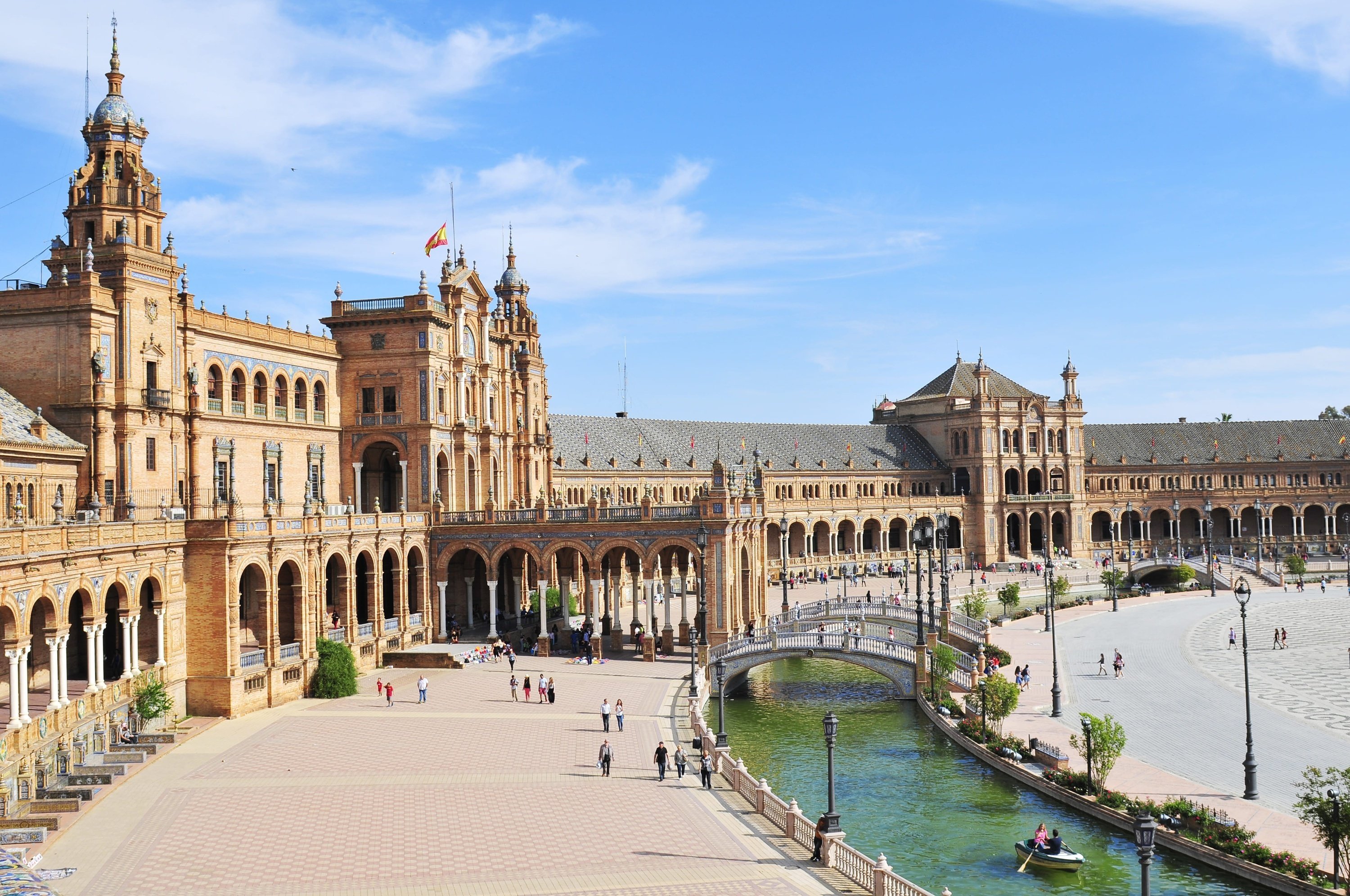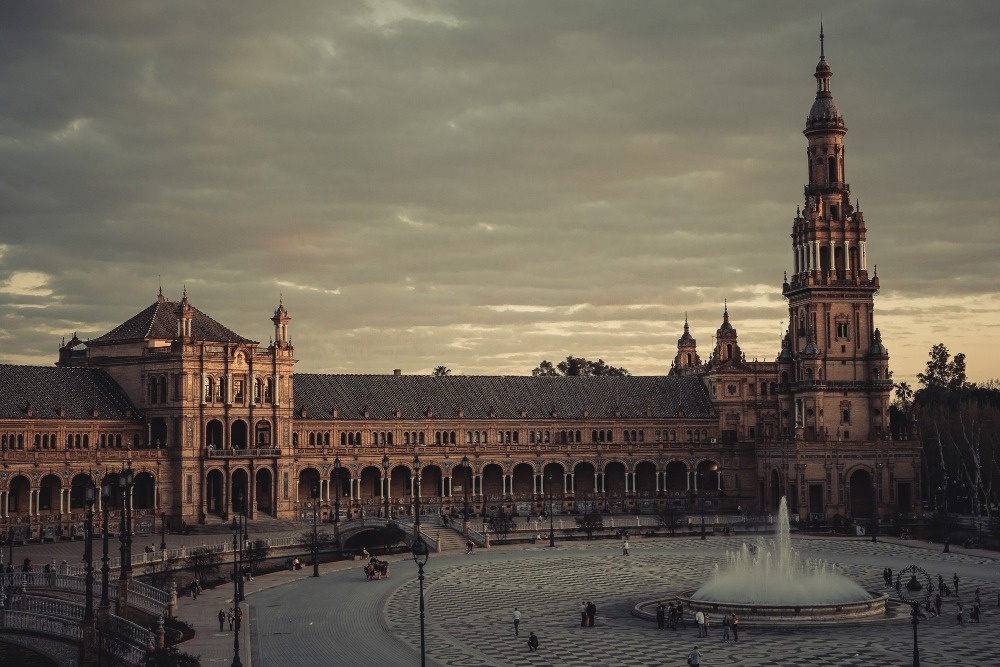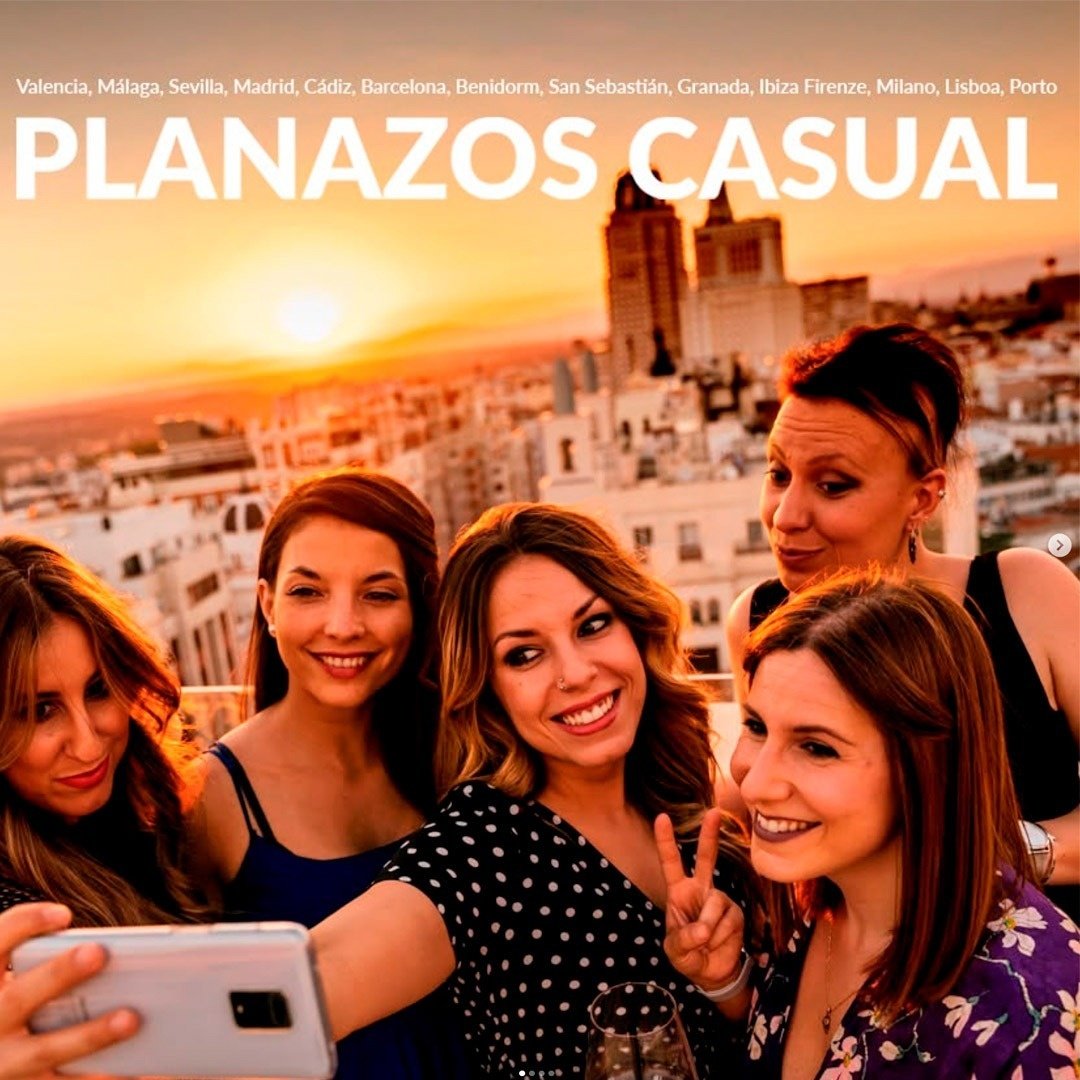Route through the Seville of the Discovery of America (I)
When Christopher Columbus discovered America in 1492, the world changed. And it did so forever. Seville became the true center of commerce, society, and culture: the Gateway to the New World. We propose a journey to discover the traces left by this profound transformation in the city with a tourist route steeped in history. We'll visit gardens, historic buildings, monuments, and more, which are part of the living history of this wonderful city, and which are all linked to Columbus's great discovery. We'll begin this journey, approximately 4 kilometers long and covering 10 locations, by visiting the statue that pays tribute to him. So, if you're ready, begin your own discovery of Seville now. And remember, if the heat or fatigue takes its toll on you during the journey, we have our Casual Seville of Las Letras to rest or refresh you. We await you with open arms and our best intentions to make your stay much more enjoyable. Let's begin!
1. Monument to Christopher Columbus. Murillo Gardens.
It is a circular fountain with a pedestal bearing busts of Christopher Columbus and the Catholic Monarchs. It was designed by Talavera and executed by the sculptor Lorenzo Coullaut Valera.
2. University of Seville Rectorate Building. C/ San Fernando, 4.
The building, the former Royal Tobacco Factory of Seville, was the first tobacco factory established in Europe. The main façade features a decorative reminder of the era of the Discovery of America, with reliefs alluding to the grinding of tobacco, sailing ships, and busts depicting Christopher Columbus and Hernán Cortés, as well as two Native Americans, one of them smoking a pipe.
3. Mint. C/ Maese Rodrigo s/n.
The Royal Mint of Seville was the nerve center where the gold and silver of the time were melted down and later converted into marks and doubloons to support the European economy in the 16th century, the era of the conquerors of the New World.
4. Royal Alcazar (Former House of Trade). Patio de Banderas, s/n.
The House of Trade was created to promote and regulate trade and navigation with the New World. It occupied a section of the Royal Alcázar known as the Admirals' Room. What survives today of the former House of Trade is only a portion of what it once occupied, including the Admiral's Room and the Audience Chamber, which can be visited today in the Royal Alcázar.
5. Archive of the Indies. Constitution Avenue, s/n.
The Merchants' Exchange of Seville was created as a commercial association to protect the city's trade from "non-bourgeois" merchants. The construction of a building to house the Exchange took place between 1584 and 1598 on the same avenue, next to the Cathedral, and it was chosen as the home of the archive, a role it still serves today. This building would eventually become the headquarters of the Archive of the Indies. The General Archive of the Indies of Seville was created in 1785 with the aim of centralizing in a single location the documentation relating to the administration of the Spanish colonies, which until then had been dispersed among various archives: Simancas, Cádiz, and Seville. You can learn more about Seville in our Tourism in Seville section.



 JOIN and enjoy exclusive benefits!
JOIN and enjoy exclusive benefits!








